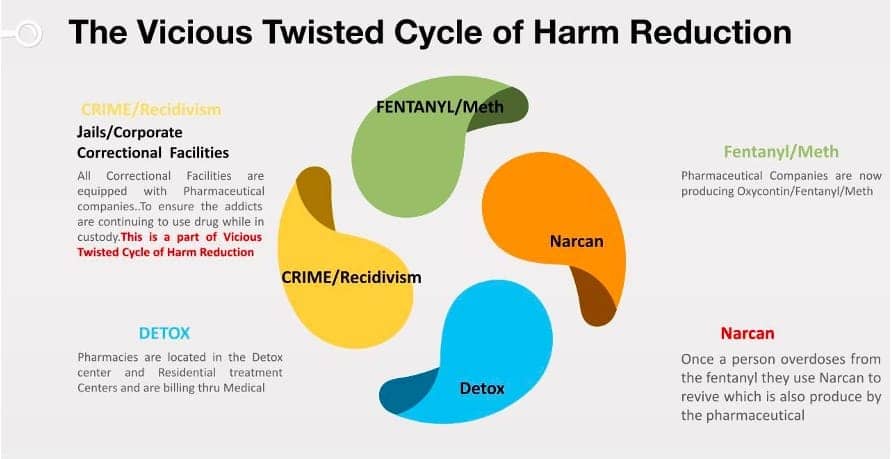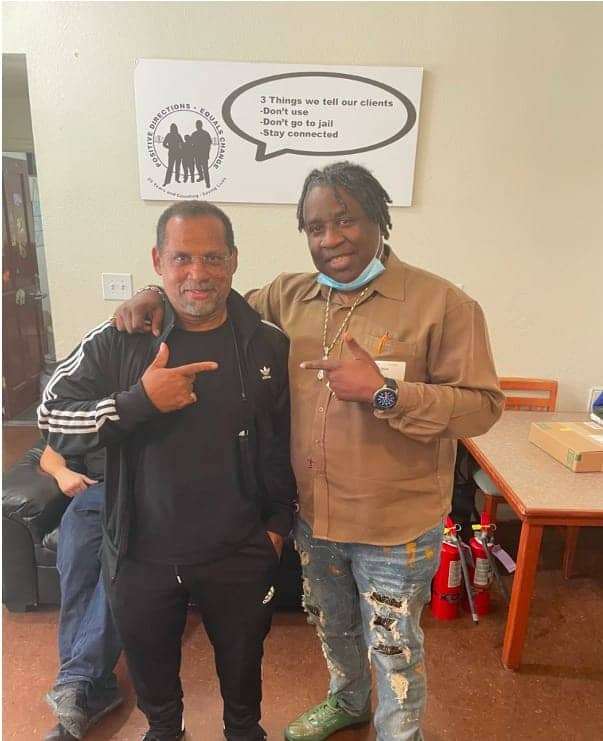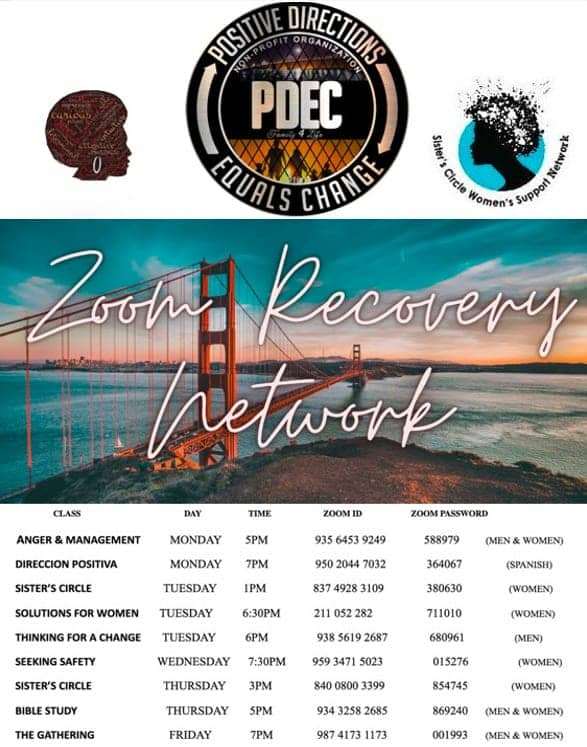
by Oliver Wilson and Steven Clark, Positive Directions Equals Change
You have a person who is involved in criminal behavior, in and out of jails, prisons, detoxes, mental institutions, behavioral health treatment programs and perhaps even homeless. The common denominator and root of and in all these situations can be substance abuse or untreated and undiagnosed mental illness and sometimes just plain foul behavior.
So how do we approach the problems if the diagnosis is drug addiction or substance use disorder? Let’s look at whether drug users are looking to harm reduction strategies to reduce their risky behavior or to become abstinent from their drug use. In our view, there’s widespread support for abstinence-based substance abuse treatment.
On one side of the debate, researchers have noted that “harm reduction interventions provide additional tools for clinicians working with clients who, for whatever reason, may not be ready, willing or able to pursue full abstinence as a goal.”
Some say, “Meet the person where they are – harm reduction – without the old stigma regarding the morality or the criminality of their behavior, but to support them and guide them to a better place in their lives.”

A concept known as “gradualism” centers on trying to create a therapeutic continuum that builds on the strengths of both harm reduction and abstinence approaches. However, we are keeping it simple: Abstaining from drugs and other substances wins hands down.
My name is Steven Clark. As a case manager for the last 20 years in San Francisco with 22 years of sobriety, the harm reduction modality would not have kept me sober. As a case manager, I have first-hand knowledge and experience based on the clients I’ve served and the community in which I have dedicated my life’s work.
The very definition of harm reduction means to “continue to self-destruct.” I came from a complete abstinence-based modality of treatment, in which I did not get it the first time; however, I gained tools of recovery after each relapse episode. Back then the goal was complete abstinence. And for me, the third time was a charm after doing 14 months of treatment at 815 Walden House facility (HR360).
After several attempts, I was able to bounce back from and work through challenging life circumstances, withstand adversity and become resilient enough to succeed. The odds were against me, and I am extremely grateful because, just like all of the clients practicing harm reduction, I would have never gotten sober.
People need to not do drugs at all. It is not a Godly thing to do. Drugs are one of the devil’s greatest tools, and so is harm reduction – it does more harm than help.
The very definition of harm reduction means to “continue to self-destruct.”
As seen in the diagram above, the cycle is vicious. Profiteers are becoming rich. Interestingly, the terminology is changing the landscape. Now, an addict is no longer referred to as a junkie; he or she is now referred to as person who injects drugs (PWID).
Even if the terminology is softened, the ugly truths prevail – jails, prison and death are the consequence of a lifetime of drug abuse. The good news is, once the addict is able to abstain from drug use with the integration of attending meetings, counseling, therapy, education and career counseling, parenting classes, domestic violence prevention, behavior modification sessions, life skill training – the recovery begins.
Other giant steps are attending college, developing careers, owning businesses and doing the things that “normal people” do. None of this is done in a vacuum and it is intertwined with guidance from other addicts who have successfully transitioned from living on the streets and committing crimes to support their addictions to maintaining gainful employment, reuniting with the families they left behind when they were active in their addictions and living lives of reckless abandon to living a lifestyle of recovery.
An addict in 2021 has a chance to get their life together, not be looked down upon, become a productive member of society and maybe even find a higher power greater than themselves. And, finally, when they can see self-improvement, they’ll be compelled internally to reach out and help another person like themselves, just like someone helped them.
So, in closing: The goal must be complete absence from the devil’s dope. And you cannot do that with the harm reduction model modality.
If you or someone you know needs help for addiction or co-occurring disorder issues, please give us a call. Positive Directions Equals Change, a community-based organization in the Bayview, offers classes and support groups each day of the week. If we aren’t the best fit for you or your loved one, we will take the necessary time to work with you to find a treatment center or provider that better fits your needs. Please give us a call at 415-401-0199 or email our team at recoverycorner@pd4life.org. The schedule is below and all are welcome.






